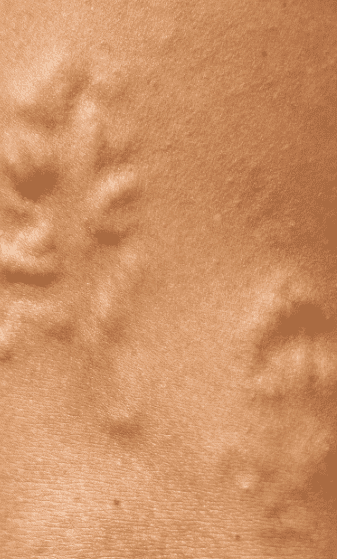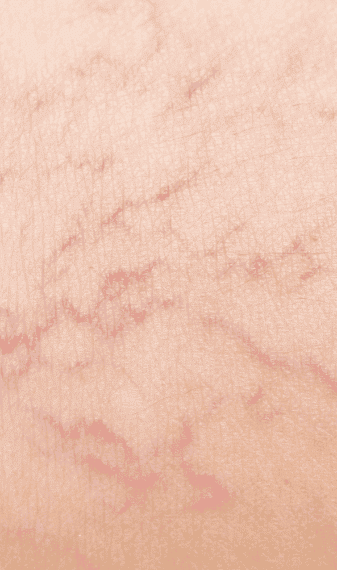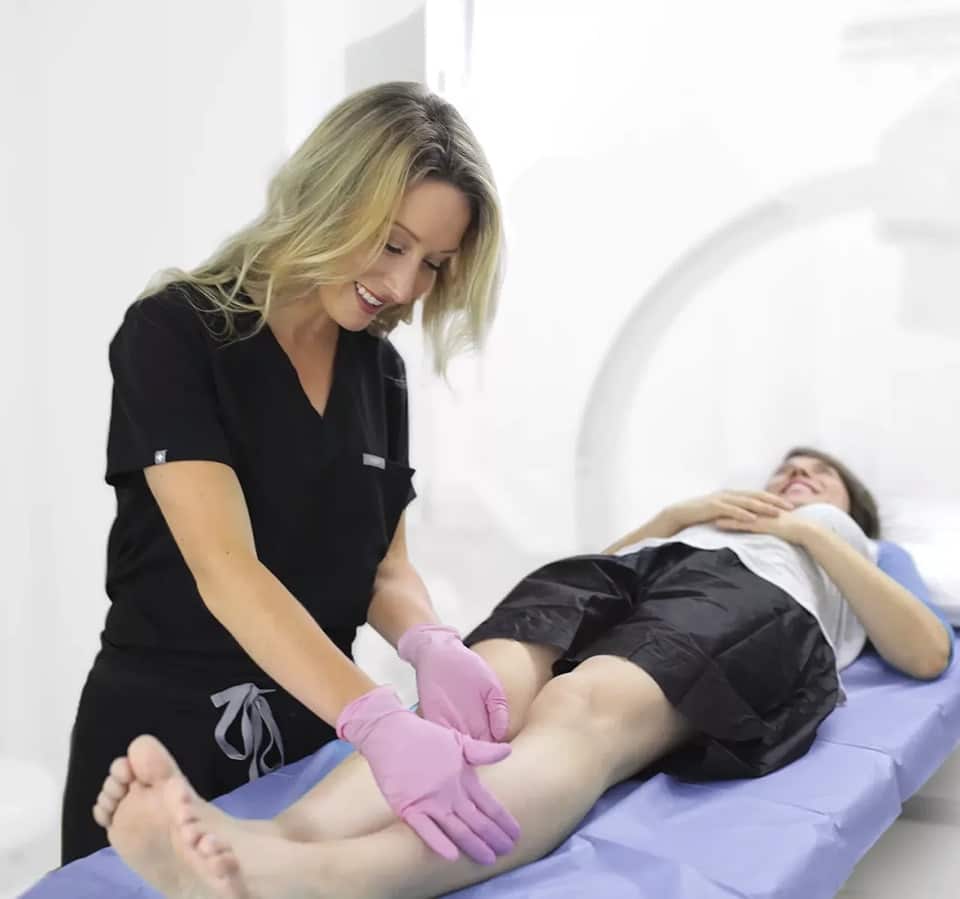What causes Varicose and Spider Veins?


Varicose Veins
If you have varicose veins, you must consult our vein doctors in Long Island for diagnosis and treatment. Varicose veins may occur due to numerous factors, such as genetic predisposition, pregnancy, hormone changes, age, and more. However, genetics is the leading risk factor for varicose veins and vein disease. If your mother and father have a history of vein problems, you have a high probability of varicose veins.

Spider Veins
Spider veins are often symptomatic of an underlying medical condition called “chronic venous insufficiency.” This is a circulatory disorder wherein the collapse of vein valves deeper within the legs leads to the accumulation of blood in the leg veins, which, over time, leads to spider veins and varicose veins. Spider veins usually appear on the lower extremities, such as the legs and thighs, but they can also appear on other parts of the body.
Let us give you a Lifechanging Experience. Feel in love with your legs again!
BOOK AN APPOINTMENT NOW
Vein Disease Symptoms

Rеѕtlеѕѕ lеgѕ ѕуndrоmе (RLS)
Restless legs syndrome is often symptomatic of chronic venous insufficiency, an underlying condition wherein blood accumulates in your leg veins due to malfunctioning vein valves. As such, the symptoms of restless leg syndrome can worsen with inactivity. Our spider vein and varicose vein centers in Long Island always diagnose the underlying root cause to provide long-lasting relief from restless leg syndrome.

LEG CRAMPS
If you drink enough water and eat a diet with sufficient potassium and magnesium, your frequent leg cramps are probably symptomatic of chronic venous insufficiency. Furthermore, you can identify leg cramps caused by vein disease if they worsen at the end of the day or wake you up in the middle of the night. Our vein centers in Long Island will determine if you have underlying vein disease and recommend the ideal treatment for leg cramps.

LEG HEAVINESS
If you’re suffering from leg heaviness, you might also have spider veins and varicose veins. If you identify the signs and symptoms of leg heaviness and vein disease, please consult our Harvard-trained vein doctors in Long Island. We’ll diagnose and treat the root cause of your leg heaviness, ensuring long-lasting relief.

LEG SWELLING
Leg swelling caused by vein disease often worsens at the end of the day or after long periods of sitting or standing still. Leg swelling is also associated with tightness and discomfort in your legs. It can also cause hyperpigmentation, chronic skin discoloration, and hair loss. Our spider vein and varicose vein centers in Long Island identify and treat the root cause of leg swelling to ensure long-lasting relief.
Are you experiencing painful or uncomfortable vein disease symptoms?
All vein treatments in Long Island are covered by most health insurance, including medicare. Submit this form to verify coverage:
Causes of Vein Disease

CHRONIC VENOUS INSUFFICIENCY
Over time, blood accumulates in the leg veins and prevents optimal blood circulation to the heart. The increased pressure of blood against the vein walls leads to vascular dilation, which, in turn, leads to spider veins and varicose veins. Other symptoms of chronic venous insufficiency include leg heaviness, leg swelling, leg cramps, and restless leg syndrome.

RISK FACTORS FOR SPIDER VEINS AND VARICOSE VEINS
Varicose veins have similar risk factors as spider veins, especially since both are symptomatic of chronic venous insufficiency. If your mother and father have a history of vein problems, you have a high risk of varicose veins. If you have a job that involves sitting or standing still for long periods, you have a high risk of varicose veins. You also have a higher risk of varicose veins if you’re female, taking birth control pills, or undergoing hormone therapy. All of these factors increase the risk of vein problems. If you notice spider veins or varicose veins, please schedule an appointment at our spider vein and varicose vein centers in Long Island. Our vein doctors will diagnose and treat the root cause of your vein problems.

Contact us
Contact Us
You can talk directly with our team members. They will answer your questions about insurance coverage and help you book an appointment at the vein center in Long Island. Please call us at (631) 629-1106
Book Online
You can visit our official website to schedule an appointment online at your nearest vein center in Long Island. We also provide free insurance verification before your appointment.
Get Directions
These are the directions to your nearest vein centers in Long Island.